

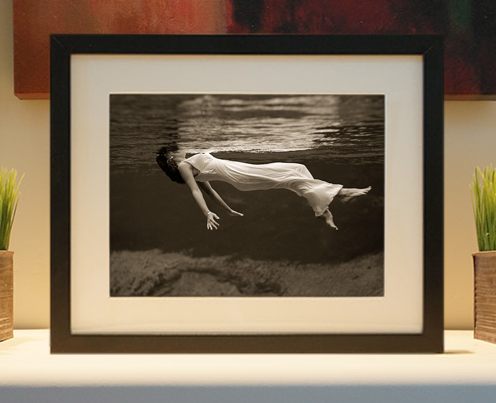
Framed or unframed, desk size to sofa size, printed by us in Arizona and Alabama since 2007. Explore now.
Shorpy is funded by you. Patreon contributors get an ad-free experience.
Learn more.

- Lofty addition
- In 1912
- Keenan Building
- Six years old
- Taken from the P.J. McArdle Roadway?
- It stood only 47 years
- Three track mind
- Incline to the right
- Reach for the sky, 1912 style
- No clean sweep
- Same Job Title, Same Face
- Sadly Lost
- Beautiful ...
- Where you get your kicks
- Aim High
- Pueblo Revival sisters
- Pueblo Neoclassicism
- Milk Man
- Regional dialect.
- Spielberg's inspiration
- Great Photo
- Loaf Story
- Do you still have the Rakes category?
- Could almost be a scene from the 1957 movie 'Hell Drivers'
- The Wages of Fear.
- Conspicuous by their absence
- Got Milk?
- All that aluminum
- No lefties
- Smoke 'em if you've got 'em
Print Emporium
City of Cleveland: 1905
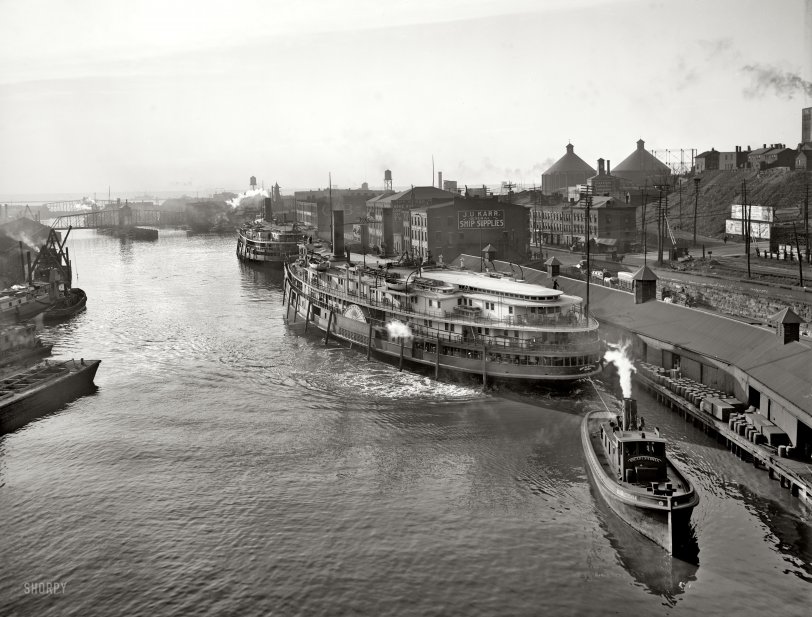
Cleveland, Ohio, circa 1905. "Cuyahoga River from the Viaduct." The sidewheeler City of Cleveland. 8x10 inch glass negative, Detroit Publishing. View full size.
Name confusion
This is the 3rd of 4 D+C boats named "City Of Cleveland", plus another early one named simply "Cleveland". This one was built in 1886. Like most of the early D+C boats, she had twin stacks athwartships, and a walking beam engine. When the 4th one was built in 1907, this boat became City Of St. Ignace, and later Keystone.
The Great Lakes are a researcher's nightmare (or dream), with most boats having had multiple names during their lives, and many names recycled repeatedly to new boats.
Nightly Adventure
Departing Cleveland for Buffalo every night on the C&B Line while Lake Erie was ice free at 7:45 with a 7:30 a.m. arrival in Buffalo. If you were off to Detroit from "The Forest City" you left at 10 p.m. (after arrival of all trains of the Erie and of the Bee Line) with a 5:30 a.m. arrival in the not yet "Motor City."
We've Got Gas!
The two round brick building to the right are gas holders for coal gas manufactured at a gasworks.
Coal gas was used for lighting and for cooking, and, sometimes, to power coal gas internal combustion engines similar to liquid gasoline engines.
The circular framework next to the two brick gas holders is a rising and falling gas holder where steel tank sections telescope together and rise and fall with the volume and pressure of gas within.
The framework holds the sections true where they slide up and down in guides on rails on framework similar to guides on elevators.
Only the top rising section has a 'lid', against which the gas presses from below, raising the other round segments which are similar to a tin can with the top and bottom removed.
The sections interlock so the top rising sections pick up the next going up, releases it going down in sequence.
Coal gas and their gas works were replaced in the Fifties and Sixties by natural gas.
Thank You.
Round buildings
Does anyone know what the two large round buildings in the back right were used for?
Lifeboats
Until the wreck of the Titanic rules regarding lifeboats were significantly out of date. The British regulations were based on the ship's tonnage. The Titanic actually carried a more lifeboats than the regulations required her to have; vessels over 10,000 tons were required to have boats for 1060 passengers and the Titanic had boats for 1178. The fact that she had a tonnage of 46,000 tons and a maximum capacity of 3,000 people wasn't covered by the regulations. It wouldn't surprise me in the least if the City of Cleveland met and exceeded American regulations at the time - seven years before the Titanic.
Pollution Test
I never knew rivers could burn. The old joke around here is that someone once dipped an exposed film plate in the East River and it developed.
Interesting photo
I helped refinish the walls and floors of the warehouse building on the right (the one with the word "Ship") in 1978. It was at that time being used as a furniture showroom and warehouse. It is nice to see the old place standing more than 70 years before that!
Safety
Four lifeboats for a vessel of that size? Is it owned by White Star Line?
Flammable
The Cuyahoga is notable for having been so polluted that it has caught on fire. According to Wikipedia there have been at least 13 river fires, with the earliest being in 1852. A fire in 1969 was an impetus for the environmental movement.
From Detroit
If you look on the back of the boat you can see that "The City of Cleveland" is from Detroit. I wonder what Cleveland residents thought of that.
A city on the move
Twas a bright time in Cleveland's history; it was then America's seventh-largest city (it would peak at fifth place in the 1920s) in the midst of a whole civic-building boom downtown. I have a soft spot for my hometown, and am always glad to hear the good news about its renaissance.





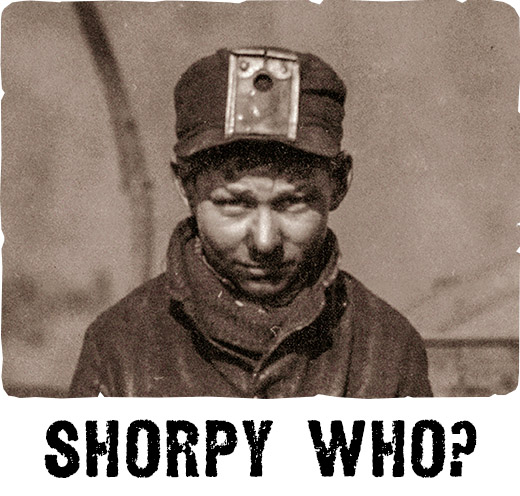
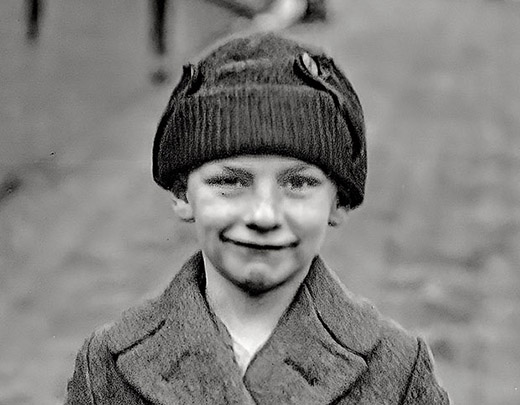
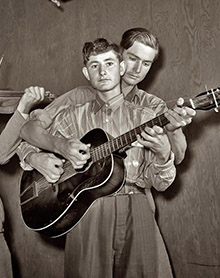
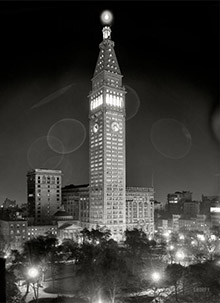
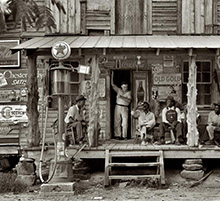
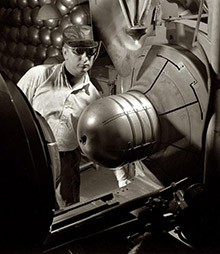
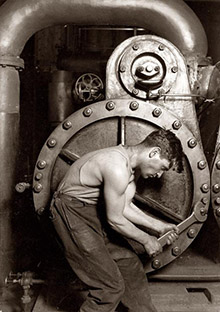
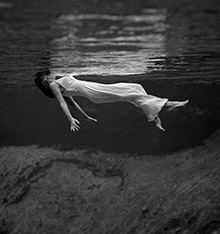
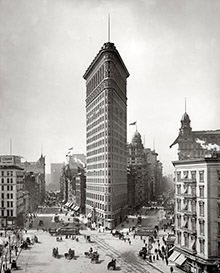
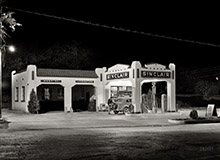
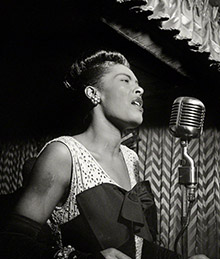
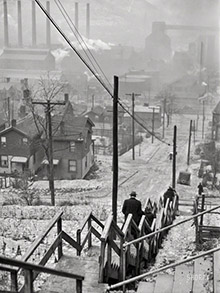
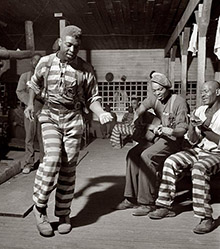

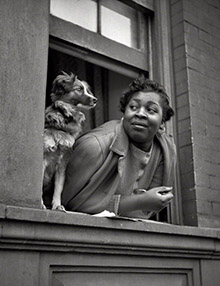
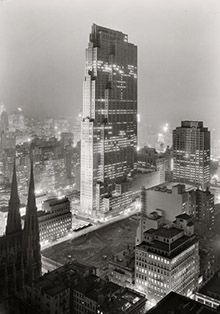
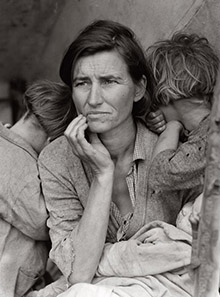
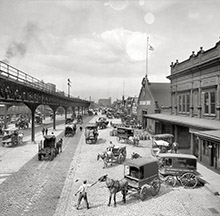
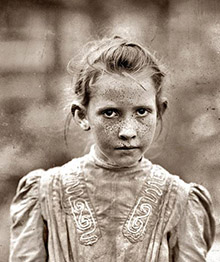
On Shorpy:
Today’s Top 5